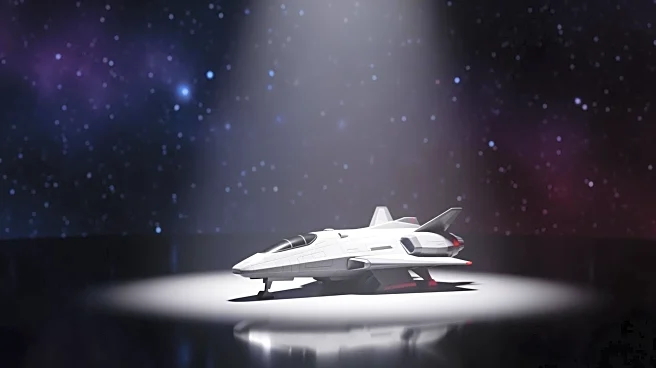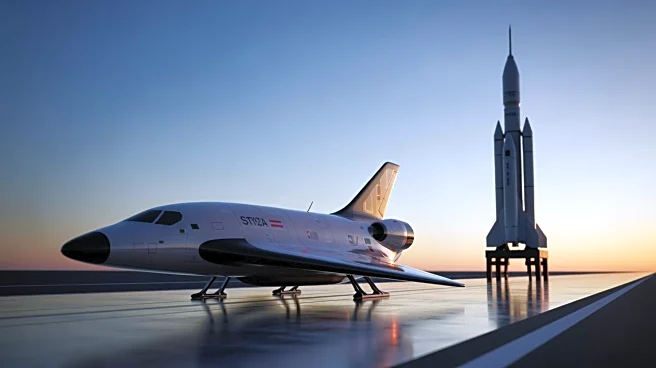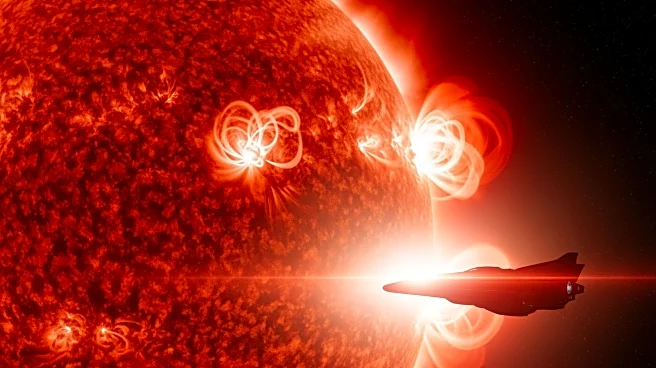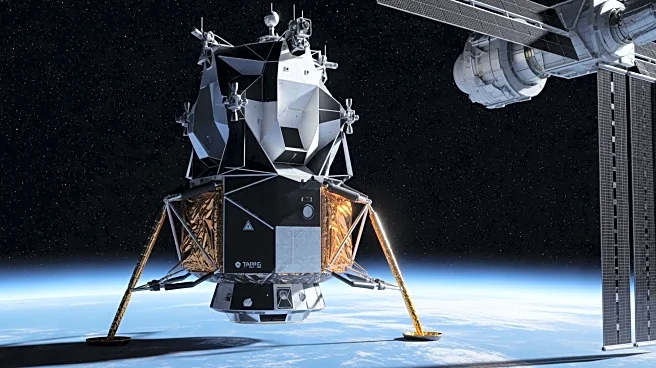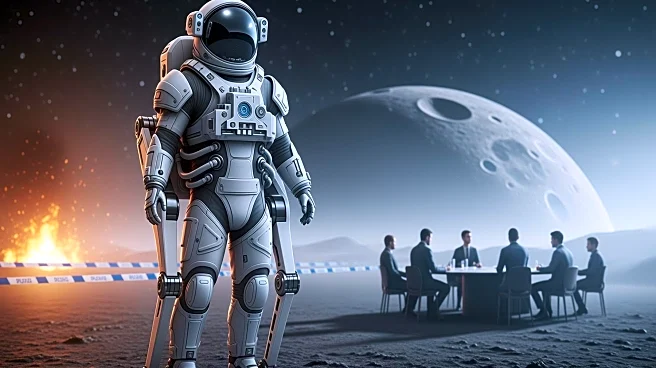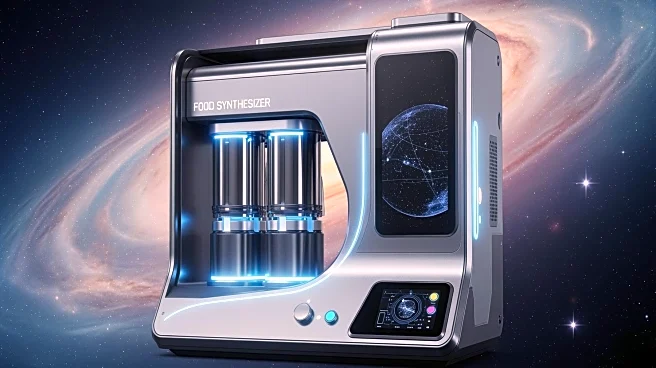What's Happening?
Sierra Nevada's Dream Chaser space vehicle continues to achieve significant milestones despite uncertainties about its future. The uncrewed space plane is set for a launch to low Earth orbit in Q4 of 2026.
Recent developments include the completion of key technical milestones such as the finalization of the electrical system build and Electromagnetic Interference testing at Kennedy Space Center. The Dream Chaser's communications systems have been tested using NASA's Tracking Data and Relay Satellite System. Despite being passed over for NASA's crewed missions, Dream Chaser is part of NASA's Commercial Resupply Services 2 contract, with plans for a free-flying orbital test.
Why It's Important?
The progress of Dream Chaser highlights the ongoing innovation and development within the commercial space sector. Sierra Nevada's ability to advance the project despite setbacks demonstrates resilience and potential for future applications beyond ISS resupply missions. The vehicle's unique capabilities could serve national security priorities and emerging threats, indicating broader implications for defense and space exploration. The shift to a free-flying orbital test reflects adaptability in mission planning, which may influence future commercial space endeavors.
What's Next?
Sierra Nevada is exploring options for Dream Chaser's use as a national asset, with discussions ongoing with various stakeholders. The first flight will involve a landing at Vandenberg Space Force Base, with further ground testing at Kennedy Space Center. The company is preparing for integrated hardware/software testing and final acoustic testing. The future of the second Dream Chaser vehicle, Reverence, remains uncertain, with production on hold pending customer requirements.
